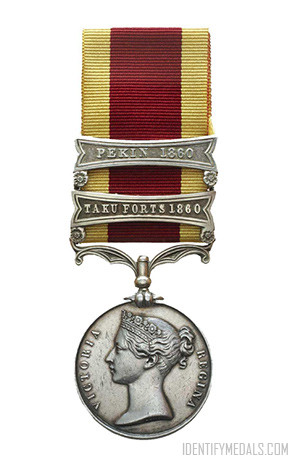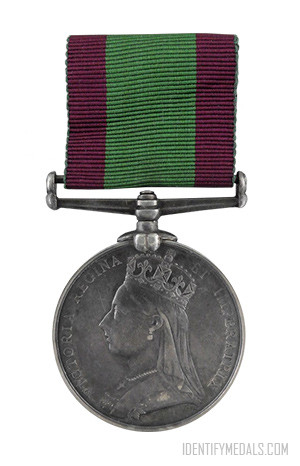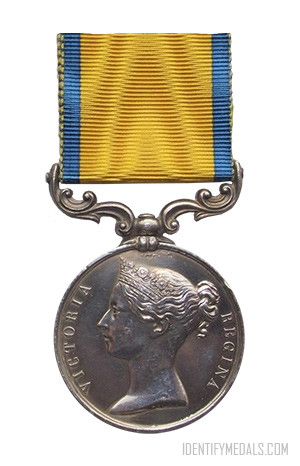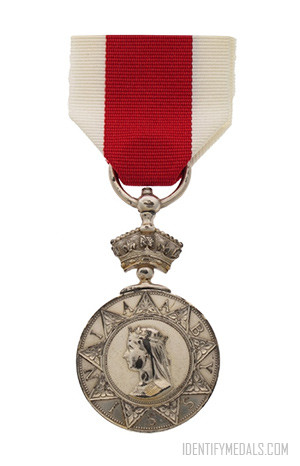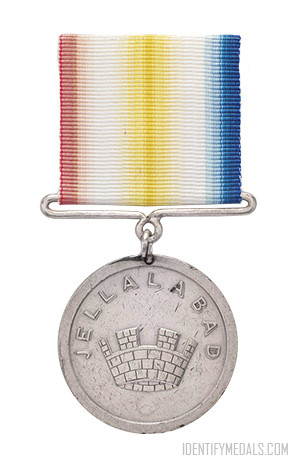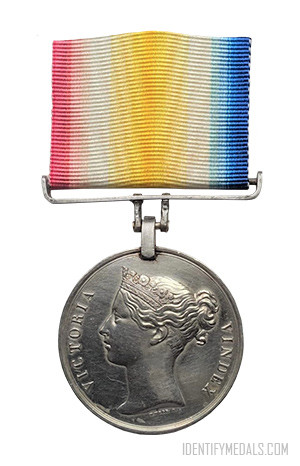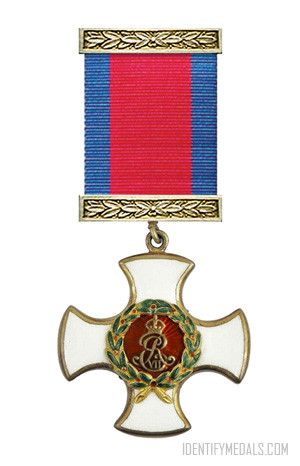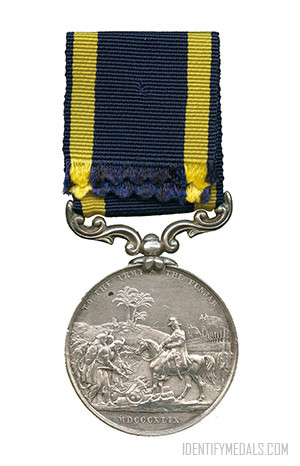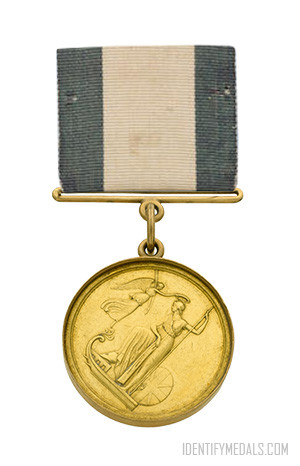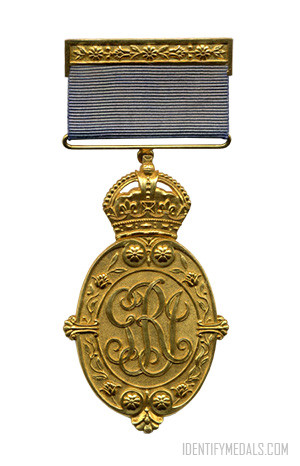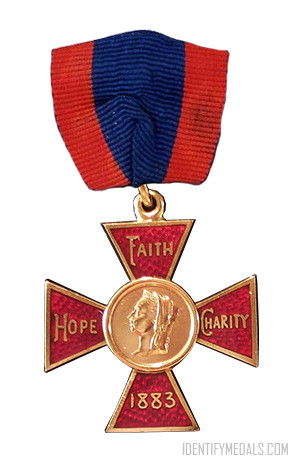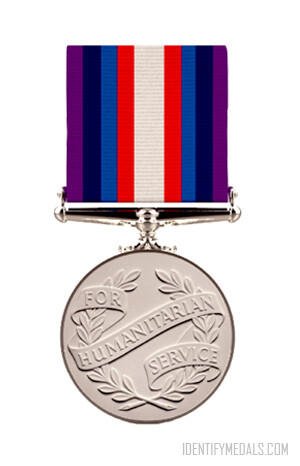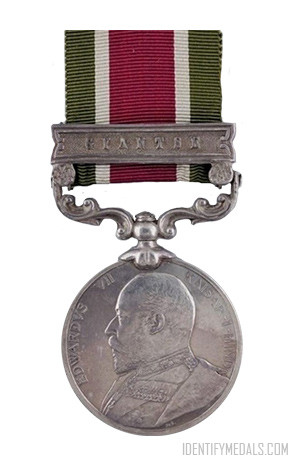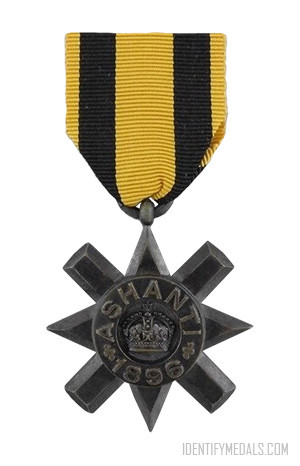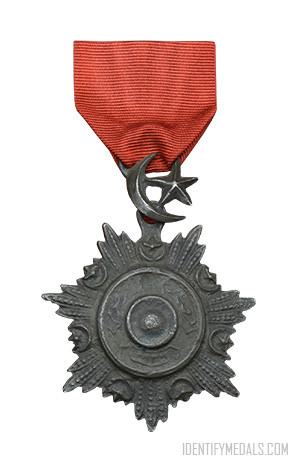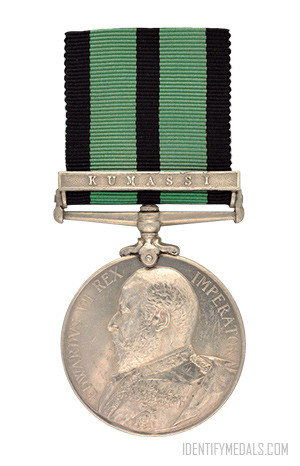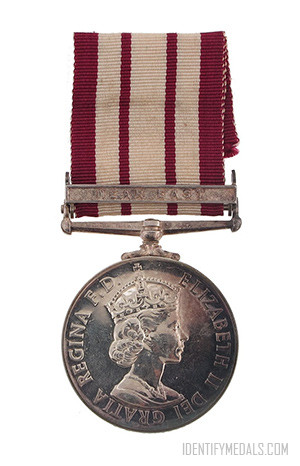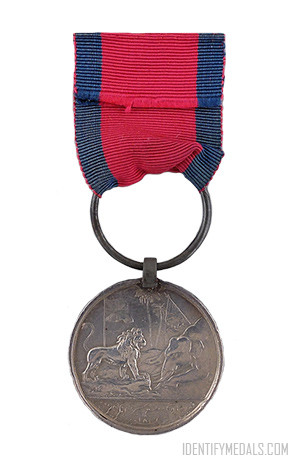- Time Period: Pre-WW1
- Year of Institution: October 1842
- Country: Great Britain
The China War Medal is a military medal designed by William Wyon and issued by the British Government in 1843 to members of the British and Indian forces who took part in the First Anglo-Chinese War (1839–42).
The medal was originally intended by the Governor-General of India to be awarded exclusively to all ranks of the Honourable East India Company’s Forces. In 1843, however, the British Government authorized its award to all members of the British Army, Royal Navy and the Indian Army and Navy, who had “served with distinction” in China between 5 July 1840 and 29 August 1842 in the Canton River operations of 1841 (First and Second Battle of Canton), First and second capture of Chusan, in 1840 and 1841, the Battles of Amoy, Ningpo, Chinhai, Tzeki, Chapu, Woosung, in the Yangtze River, and the assault of Chinkiang.
This campaign became known as the First Opium War, ending in the seizure of Nanking and the treaty that opened five ports to trade and ceded Hong Kong to Great Britain.
The China War Medal Design
The medal measures 35 millimeters (1.4 in) in diameter, with a wide ribbon in crimson with wide yellow edges (the crimson representing the heraldic color of Great Britain, and the yellow the imperial color of China). The non-swiveling suspender is plain and straight being sweated directly to the medal.
The First China War Medal’s reverse was originally designed depicting the British lion trampling on the fallen Chinese dragon. However, this was considered too insensitive to the Chinese. It was changed to a shield bearing the Royal coat of arms with a palm tree and trophy of arms behind, with the inscription “ARMIS EXPOSCERE PACIM” above and “CHINA 1842” in the exergue below.
The obverse shows the diademed head of Queen Victoria with the legend “VICTORIA REGINA”.
No clasps were authorized for this medal.

